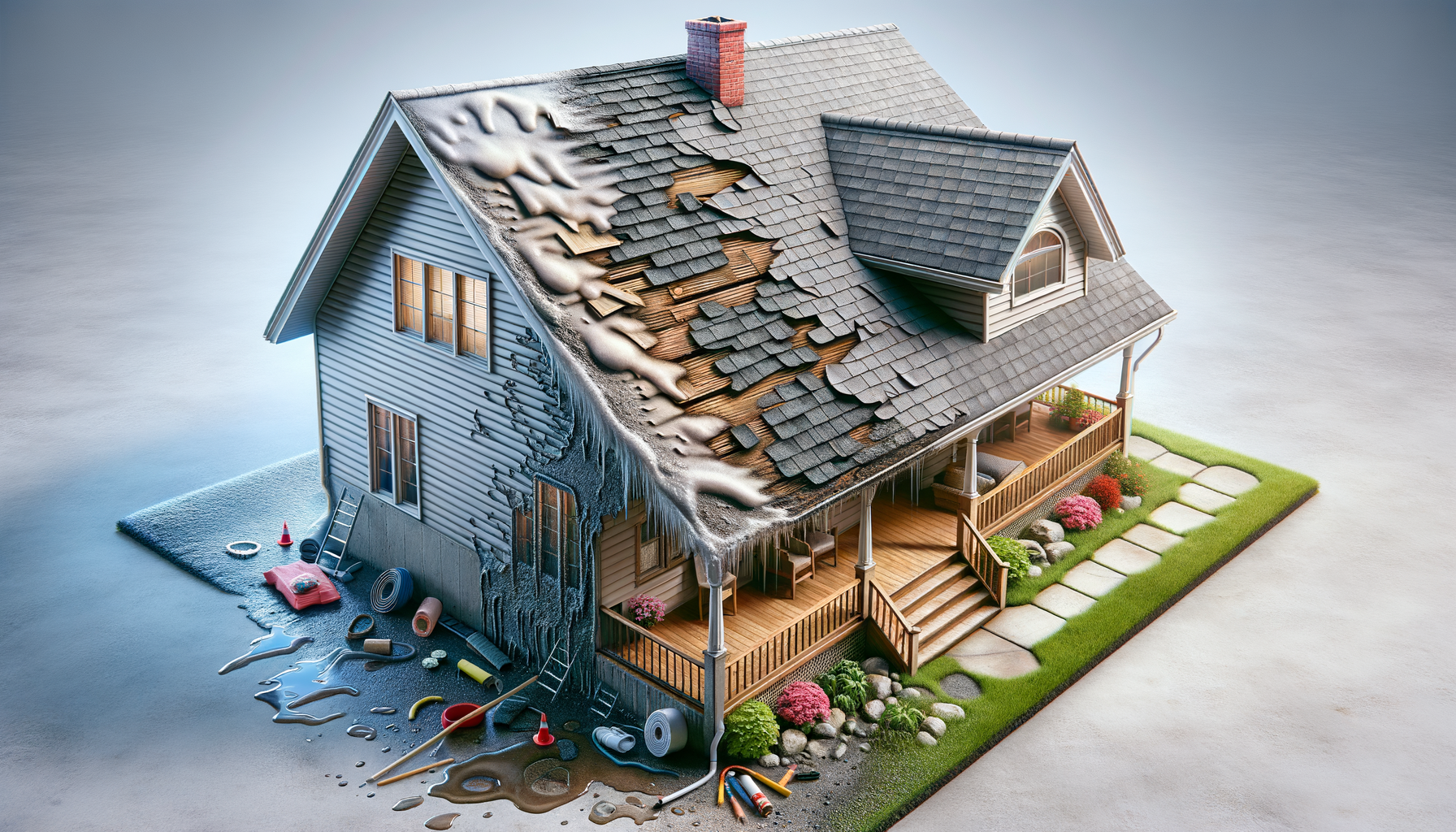
Is Your Roof Causing Hidden Issues? Discover How to Address the Problem
Understanding Local Roofing: The Basics
Local roofing refers to the roofing materials and services that are specific to a particular geographic area. This concept is crucial for homeowners as it ensures that the roofing solutions are tailored to the local climate and environmental conditions. For instance, in areas prone to heavy snowfall, roofs are often designed with steep slopes to prevent snow accumulation. Meanwhile, in regions with frequent storms, roofs might be reinforced to withstand high winds.
Choosing local roofing solutions can be beneficial for several reasons:
- Climate Compatibility: Local roofers are familiar with the weather patterns and can recommend materials that offer the best protection.
- Regulatory Compliance: Local roofing contractors are well-versed in regional building codes and regulations, ensuring that your roof meets all legal requirements.
- Community Support: Hiring local services supports the local economy and often results in better customer service due to the proximity and community ties.
Understanding the specifics of local roofing can save homeowners from potential issues that arise from using inappropriate materials or designs. It’s a proactive approach to maintaining the integrity and longevity of your home.
Exploring Roof Roofing: An Overview
Roof roofing encompasses the entire process of constructing or repairing a roof, including the selection of materials, design, and installation. It is a critical component of home construction and maintenance, as the roof serves as the primary barrier against environmental elements.
There are various types of roofing materials available, each with its own advantages and considerations:
- Asphalt Shingles: Popular for their affordability and ease of installation, they offer a reasonable lifespan and are suitable for a variety of climates.
- Metal Roofing: Known for durability and longevity, metal roofs are resistant to extreme weather conditions and can last for decades.
- Tile Roofing: Often used in Mediterranean-style homes, tile roofs are aesthetically pleasing and provide excellent insulation.
- Wood Shakes: Provide a natural look and good insulation but require more maintenance and are less fire-resistant.
The choice of roofing material significantly impacts the overall cost, durability, and appearance of the roof. Homeowners should consider factors such as climate, budget, and aesthetic preferences when selecting roofing materials.
The Importance of Regular Roof Maintenance
Regular maintenance is essential to prolong the life of your roof and prevent costly repairs. Neglecting roof maintenance can lead to a host of problems, including leaks, mold growth, and structural damage.
Key maintenance tasks include:
- Inspections: Conducting bi-annual inspections to identify and address potential issues early.
- Cleaning: Removing debris, such as leaves and branches, that can trap moisture and lead to rot.
- Repairing: Promptly fixing any damage, such as broken shingles or flashing, to prevent water infiltration.
By staying proactive with maintenance, homeowners can avoid the stress and expense of major roof repairs. It’s a worthwhile investment in the safety and comfort of your home.
Comparing Local and National Roofing Contractors
When it comes to selecting a roofing contractor, homeowners often face the choice between local and national companies. Each option has its own set of benefits and drawbacks.
Local Roofing Contractors:
- Personalized Service: Often provide more personalized service and have a vested interest in maintaining a good reputation within the community.
- Familiarity: Have a better understanding of local climate conditions and building codes.
- Flexibility: May offer more flexible scheduling and quicker response times.
National Roofing Contractors:
- Resources: Typically have more resources and a larger workforce, which can be beneficial for large projects.
- Standardization: Offer standardized services and warranties, ensuring consistent quality across different locations.
- Reputation: Often have a well-established reputation and track record.
The decision between local and national contractors depends on the specific needs and priorities of the homeowner. Both options can provide quality roofing services, but the choice should align with the homeowner’s preferences for service, familiarity, and reliability.
Emerging Trends in the Roofing Industry
The roofing industry is continually evolving, with new technologies and materials emerging to meet the demands of modern homeowners. Some of the current trends include:
- Eco-friendly Roofing: The use of sustainable materials and energy-efficient designs is gaining popularity among environmentally conscious homeowners.
- Smart Roofs: Integration of technology, such as solar panels and weather sensors, to enhance energy efficiency and resilience.
- Durability Enhancements: Development of more durable materials that offer longer lifespans and better resistance to extreme weather conditions.
These trends reflect a growing awareness of the importance of sustainability and innovation in home construction. As the industry continues to advance, homeowners have more options than ever to create roofs that are not only functional but also environmentally responsible.


